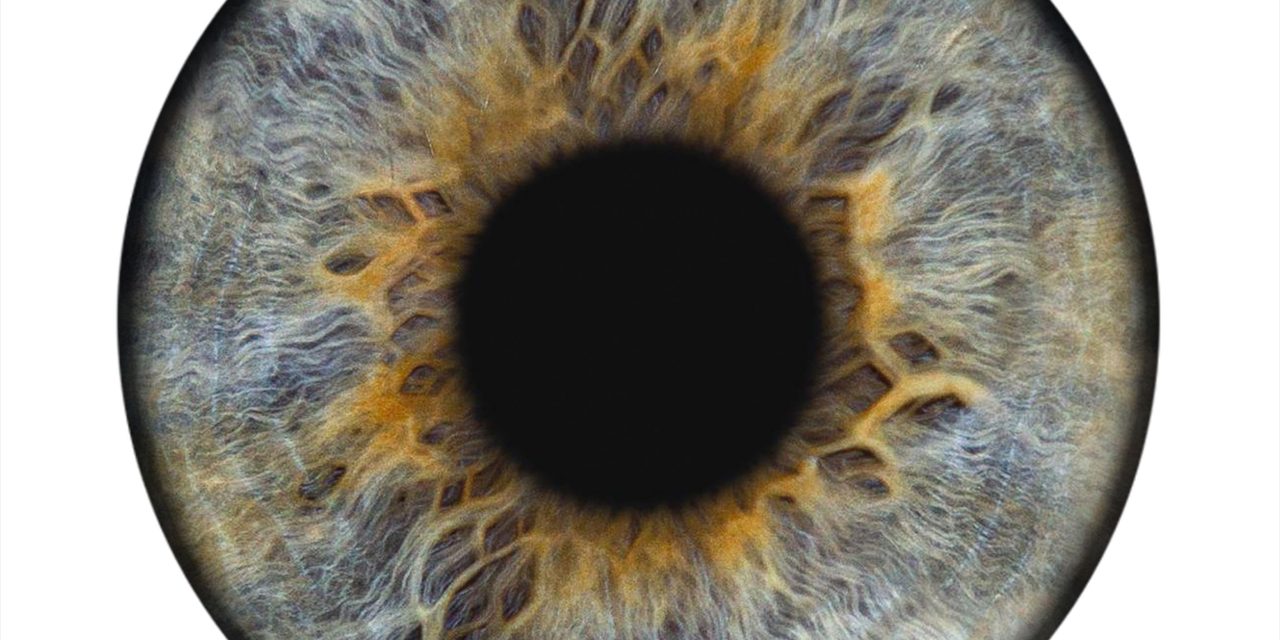To acquire desirable outcomes of penetrating keratoplasty (PKP), various factors affecting graft survival, visual function, and subjective symptom should be considered. As ocular surface and meibomian gland function are associated with these factors, this study aims to investigate changes of ocular surface and meibomian gland parameters after PKP.
This retrospective case series study included 24 eyes of 24 patients who underwent penetrating keratoplasty. Examinations on lipid layer thickness (LLT), meiboscore, tear meniscus area (TMA), tear breakup time (TBUT), corneal fluorescein staining (CFS), Schirmer I test (SIT), Ocular Surface Disease Index (OSDI), and meibomian gland functions were performed before and at 1 week, 1 month, 6 months, and 12 months after surgery.
Compared to baseline (2.9 ± 0.6 s), TBUTs were longer at 1 week (4.4 ± 0.5 s, P = 0.027) and 6 months (4.4 ± 0.5, P = 0.048) after surgery. CFS values improved from baseline (6.5 ± 1.1) to 6 months (3.5 ± 0.6, P = 0.023) and 12 months (3.3 ± 0.7, P = 0.001) after surgery. Meibum quality value worsened at 1 week and 12 months after surgery and meibomian gland expressibility value worsened at 1 week and 6 months after surgery compared to baseline. OSDI scores improved at 6 and 12 months after surgery. Meiboscore showed no change throughout the follow up period. The patients with high preoperative meiboscore had worse meibomian gland expressibility at 6 and 12 months and meibum quality at 6 months postoperatively compared to their baseline and to those of patients with low preoperative meiboscore.
After penetrating keratoplasty, ocular surface parameters including corneal staining, TBUT, and OSDI significantly improved whereas meibomian gland parameters showed deteriorations, which was marked in patients with high preoperative meiboscore. Thus, perioperative management of MGD is recommended for patients who undergo penetrating keratoplasty, especially in patients with advanced MGD.
Changes in ocular surface and Meibomian gland after penetrating Keratoplasty.


